Luggage of course varies depending on the duration and nature of your trip. However, some commonly recommended essential luggage items include:
This post may contain affiliate links, from which I receive a small commission on any resulting purchases at no cost to the customer. As an Amazon Associate, I earn from qualifying purchases.
Carry-On Bag
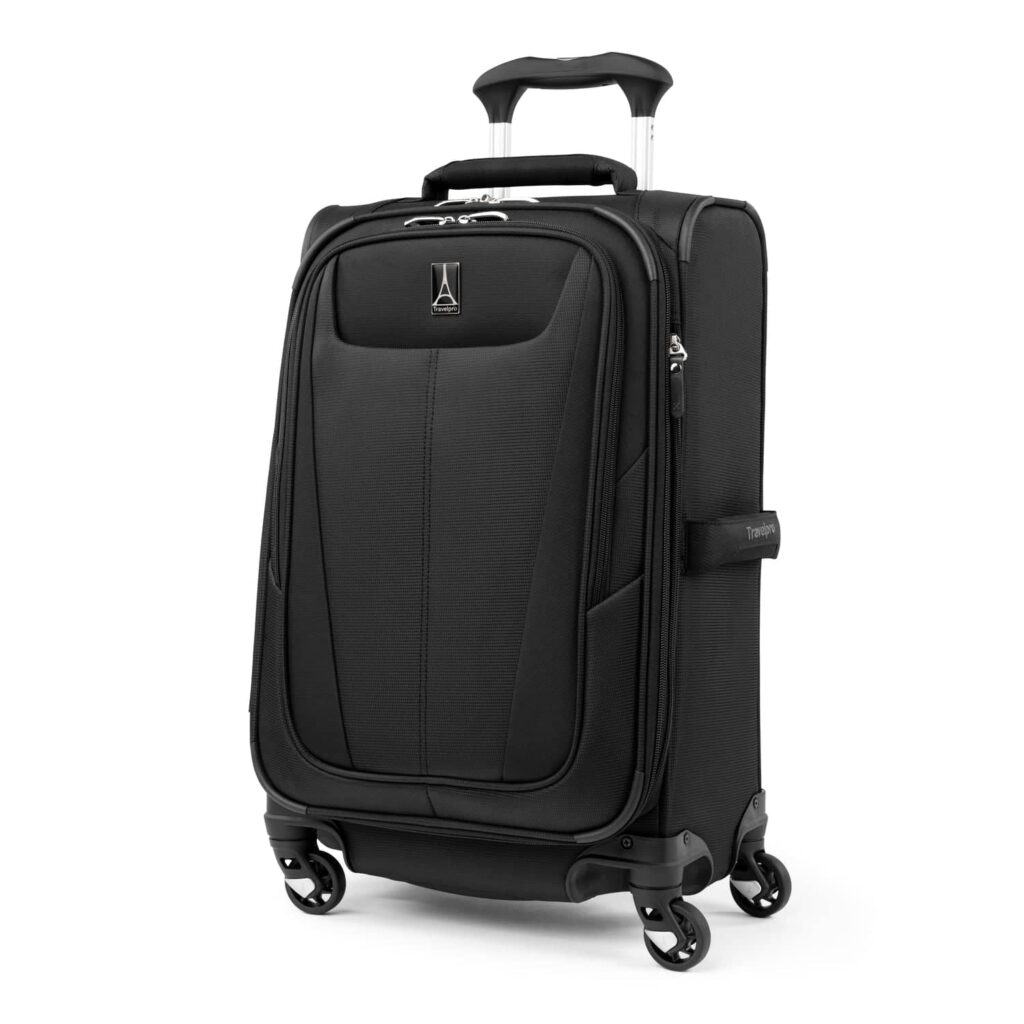
If possible, limit your packing to a a small, lightweight bag within airline carry-on size restrictions to avoid checked bag fees. I like the Travelpro Maxlight 5 Carry On for its light weight and expandability. The four wheels also make it easy to maneuver through airports.
While in Thailand, you can buy an additional bag or suitcase to transport gifts and purchased items home. Luggage is very cheap in Thailand, so you’ll end up with a new bag with the added benefit of avoiding checked luggage fees on the flight to Thailand. Also laundry services are readily available and inexpensive in Thailand, making packing light easier. Check out my blog post on clothing to pack findingthailand.com/clothing/
Checked Luggage
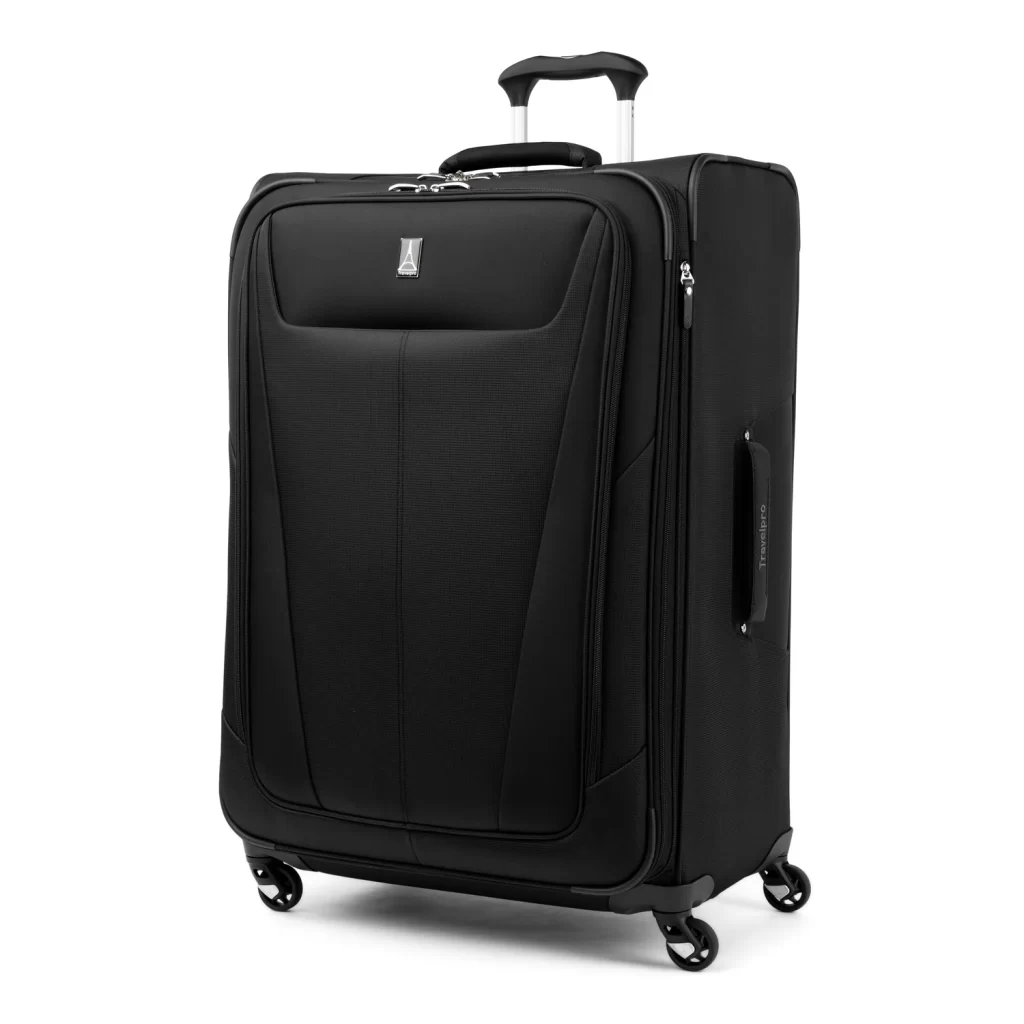
Often it may be necessary to check a suitcase particularly if you are packing liquids, gels and aerosols that do not comply with TSA limits. Choose something like the Travelpro Maxlite 5 Checked Luggage that won’t add a lot of added weight (and extra cost) to your checked bag. Keep in mind liquid restrictions for carry on luggage, which will often require you to check a bag. Items packed in carry-on must follow the 3-1-1 liquids rule
- 3.4 ounces or less per container
- 1 quart size, clear, plastic, zip top bag (all liquids must fit in bag)
- 1 bag per passenger
Choosing Type of Luggage
When choosing luggage, one important factor to consider is whether to opt for hard or softside luggage. Both have their advantages, and the decision depends on personal preferences and travel needs. Here are some advantages of each:
Hardside Luggage:
- Durability: Hard-sided luggage is generally more durable and resistant to wear and tear. It can withstand rough handling during transportation and protect delicate items inside.
- Protection: The rigid shell of hard-sided luggage provides better protection for fragile or valuable items, such as electronics or breakable souvenirs.
- Waterproof: Hard cases often have better water resistance, protecting your belongings from rain or accidental spills.
- Easy to clean: Hard luggage is usually easier to clean, as you can wipe off any dirt or stains from the smooth surface.
Softside Luggage:
- Lightweight: Soft-sided luggage is typically lighter than hard-sided luggage, allowing you to pack more without exceeding weight limits.
- Flexibility: The fabric material of soft-sided luggage offers more flexibility, allowing you to squeeze it into tight spaces or overhead compartments more easily.
- Expandability: Many softside bags come with expandable compartments, providing extra space if needed.
- Exterior pockets: Soft-sided luggage often features multiple exterior pockets, making it convenient to access frequently used items or store last-minute additions.
Travel Locks

Although you should avoid packing items of value in your checked luggage, you still may want to consider a luggage lock. Be sure to choose a TSA-approved lock such as Sure Lock which are specifically designed to allow airport security personnel to use a master key to inspect your luggage without damaging the locks. As an added benefit, your luggage can be locked while in your hotel room. Although hotel theft is rare, it does happen. Of course you should use the hotel safe for very valuable and important items.

While on the topic of security, you might want to consider bringing a small portable lockbox like this Master Lock particularly if you are staying in an Airbnb/VRBO that may not have a safe. This lockbox can be attached to a stationary object in your room and locked to protect your valuables. Although you should usually carry your passport with you (you will need it to exchange money and even to buy a train card) there may be times when you would like to leave it behind along with your phone, credit cards etc. You could also bring this to the beach with you to attach to your beach chair. Although I have never felt unsafe leaving my belongings on the beach while swimming in the ocean, you really can’t be too careful, particularly with your passport.
Packing Cubes
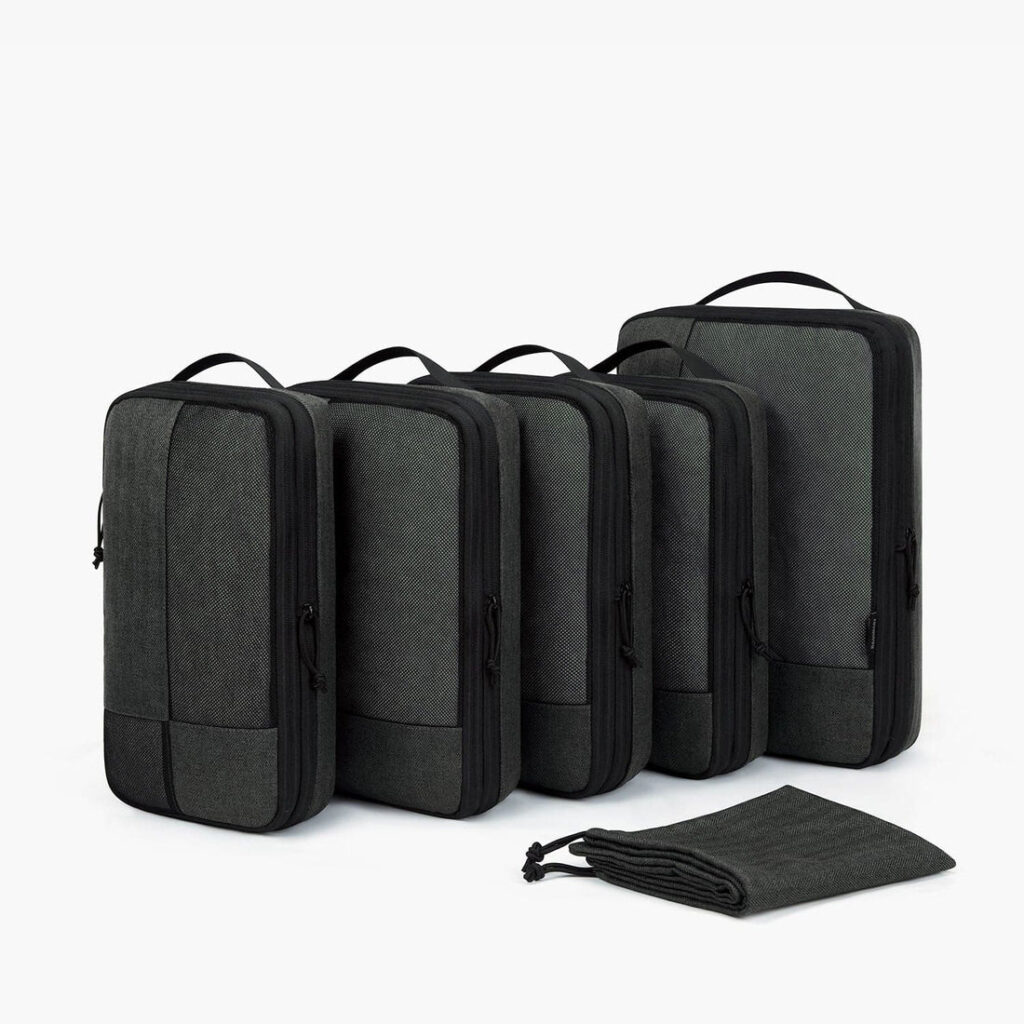
Packing cubes not only keep your clothing and accessories well-organized but also make it easy to find what you need without having to unpack everything. Even better, consider compression packing cubes such as Bagsmart. Their unique design and efficient compression zippers, allow you to compact your clothing and accessories, freeing up valuable space in your luggage. Compression packing cubes are available in various sizes, allowing you to customize your organization system according to your needs.
Travel Backpack
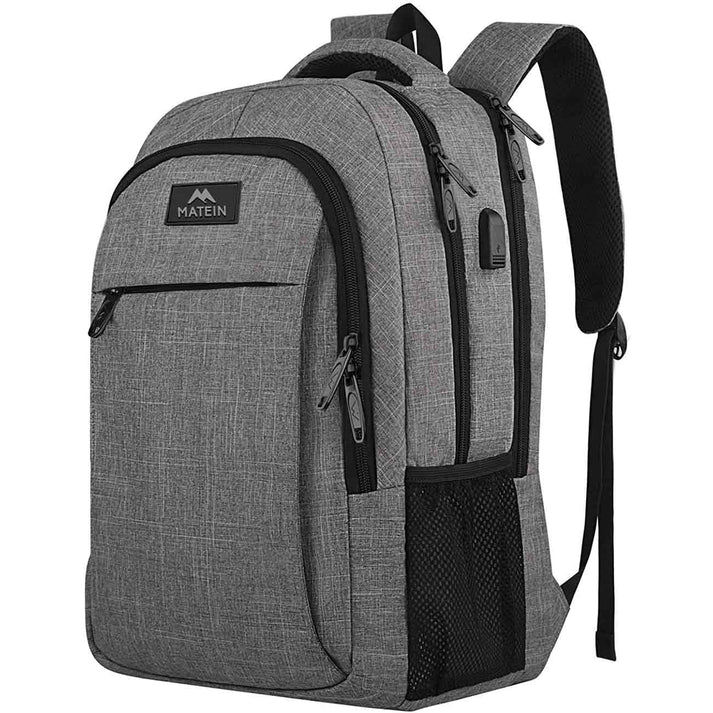
Consider carrying a backpack on the airplane rather than a laptop bag or purse. Backpacks are versatile and can be used to carry your wallet and other personal item during flights. The Matein Travel Laptop Backpack is highly rated and has many useful features. Once in Thailand, your backpack can then be used for day trips, beach trips, shopping or hikes. As often as possible, use multi-use items to keep packing to a minimum.
Laptop Sleeve
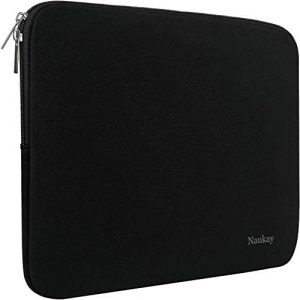
If traveling with a laptop, consider a laptop sleeve such as the Naukay Laptop Sleeve for added protection during the flight. They are inexpensive, come in various sizes and ensure your laptop is protected if you choose to travel with backpack without laptop padding. Your laptop and sleeve can then be moved to your suitcase when you arrive at your hotel so you can use your backpack for daily excursions.
Toiletry Bag
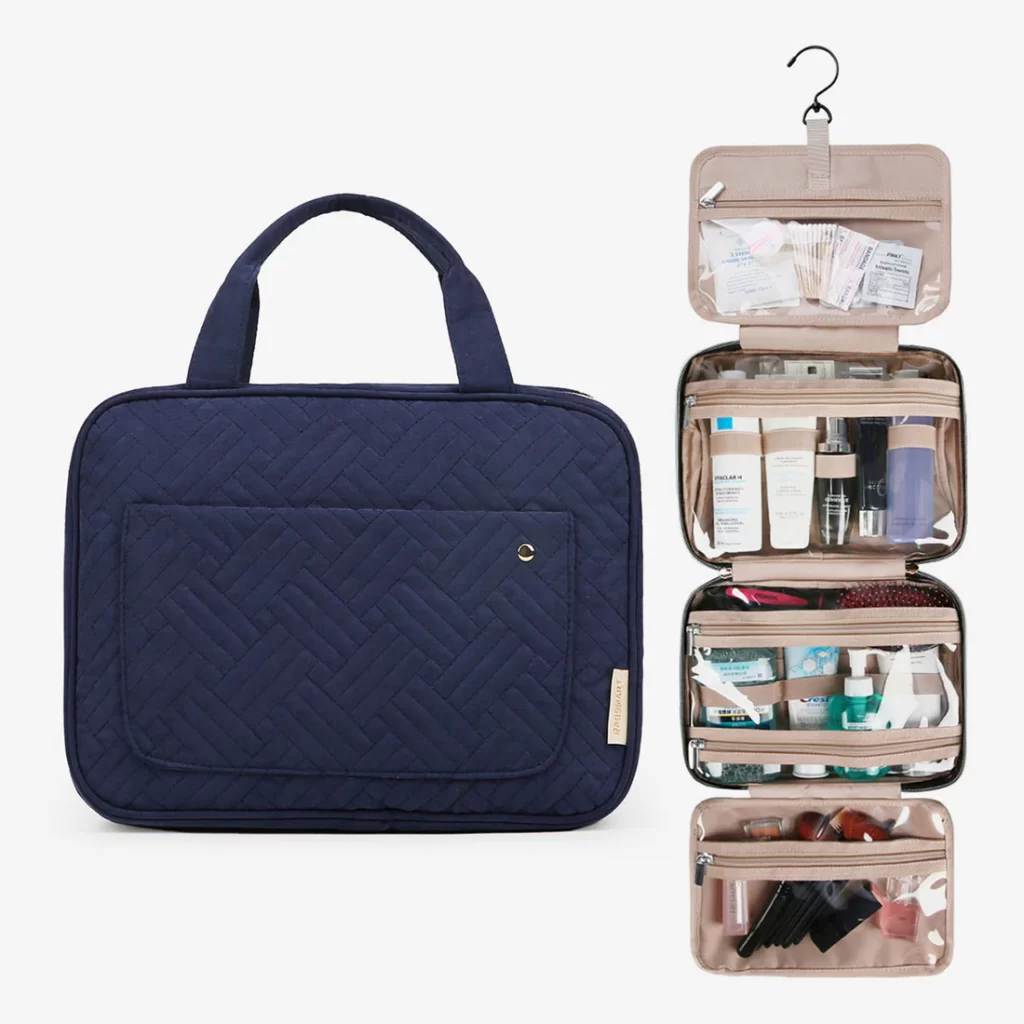
Choose a waterproof toiletry bag for shampoo, conditioner, toothpaste etc. A good choice is a toiletry bag with a hook such as the Bagsmart Toiletry Bag which can be hung in the bathroom leaving counter top space for most essential daily items. Also be sure to use Ziplock bags for additional liquids that may leak such as sunscreen and bug spray. There’s nothing worse than arriving at your destination to find liquids have spilled all over your clothes.
Luggage Tags

Attach brightly colored visible luggage tags with your contact information to help identify your bags and prevent loss. Leather or plastic tags are less likely to fall off than the airline-issued paper tags. As an added benefit, brightly colored luggage tags such as Traveambo Tags makes identifying your luggage at baggage claim easier, and minimizes risk of someone else mistaking your luggage as their own.
Portable Luggage Scale
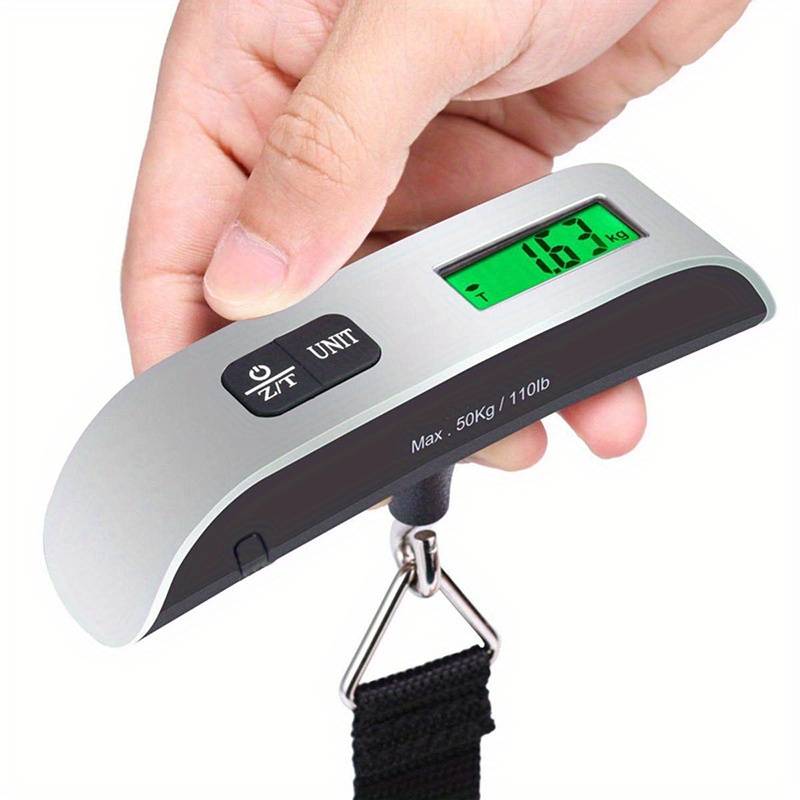
Many domestic flights within Thailand impose a 7 kg limits of carry-on luggage. Heavier checked luggage can add substantial fees to the flight cost (sometimes as much as the flight itself.) Packing a portable luggage scale such as Inspira Luggae Scale can help you ensure that you are within the airline flight limits and avoid additional baggage fees.
Cell Phone Cases

Consider a cellphone case with a card slot to carry a credit card, ID and a few Baht. A strap would be an added bonus allowing hands free easy access. This slim Toovren Wallet design allows you to travel around Thailand carrying very little.
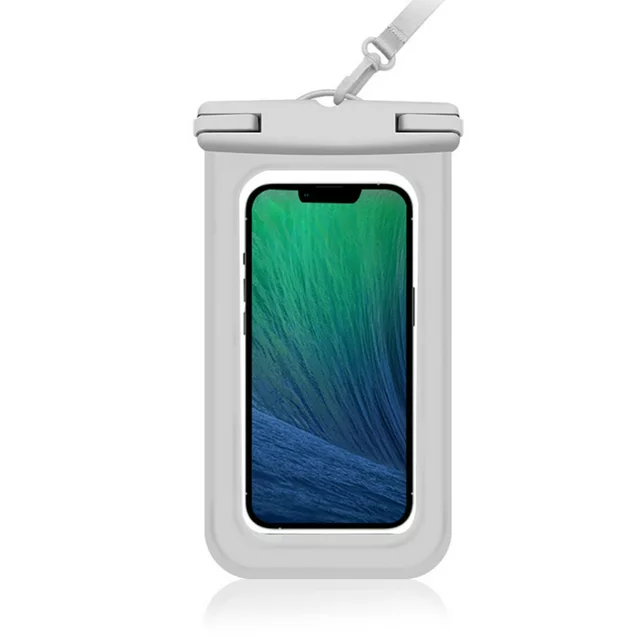
If you plan on spending time of the beach or boat excursions, it would be worthwhile to also pack a waterproof cell phone case such as the Hiercool Waterproof Phone Pouch to protect your phone from both water and sand. These can be found on Amazon, but are also inexpensive and readily available for purchase on the streets of most Thai beach towns.
Sunglass Case
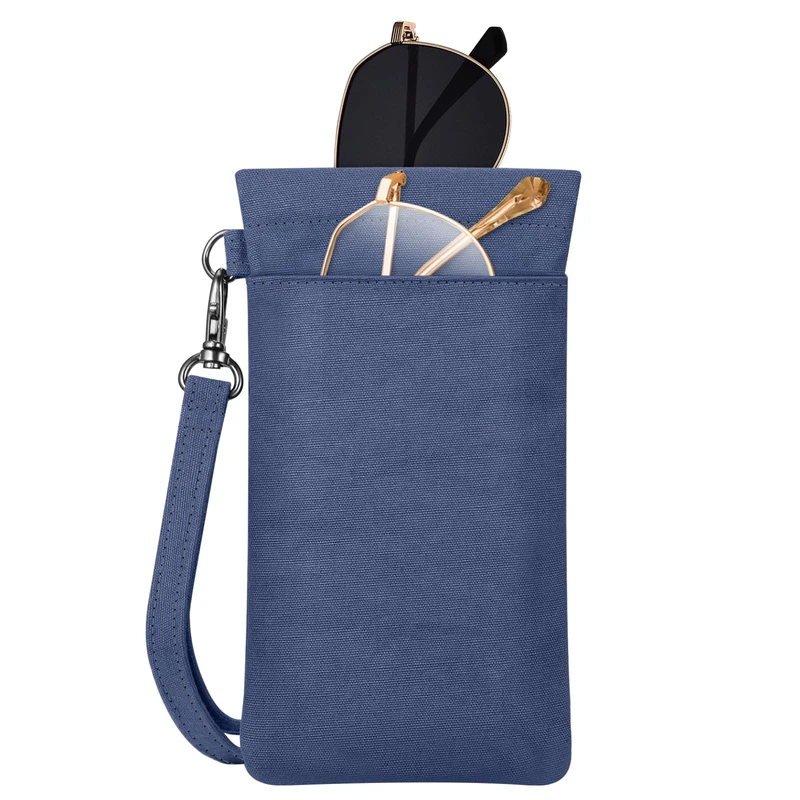
A clip-on sunglass case is a practical accessory that saves space in your bag while protecting your sunglasses from damage. It allows for easy accessibility. This affordable Fintie Double Eyeglasses Pouch with Carrying Strap on Amazon gives you the option of also carrying reading or prescription glasses too.
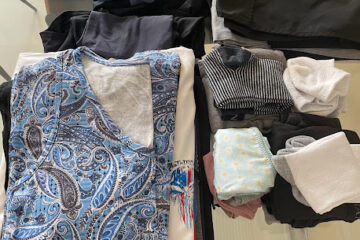
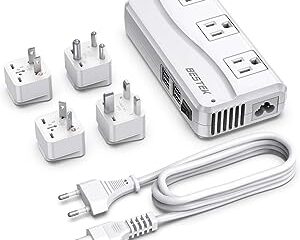
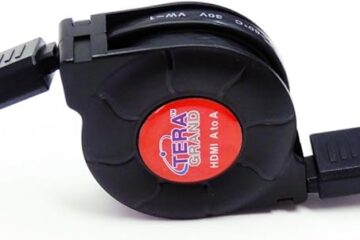
0 Comments